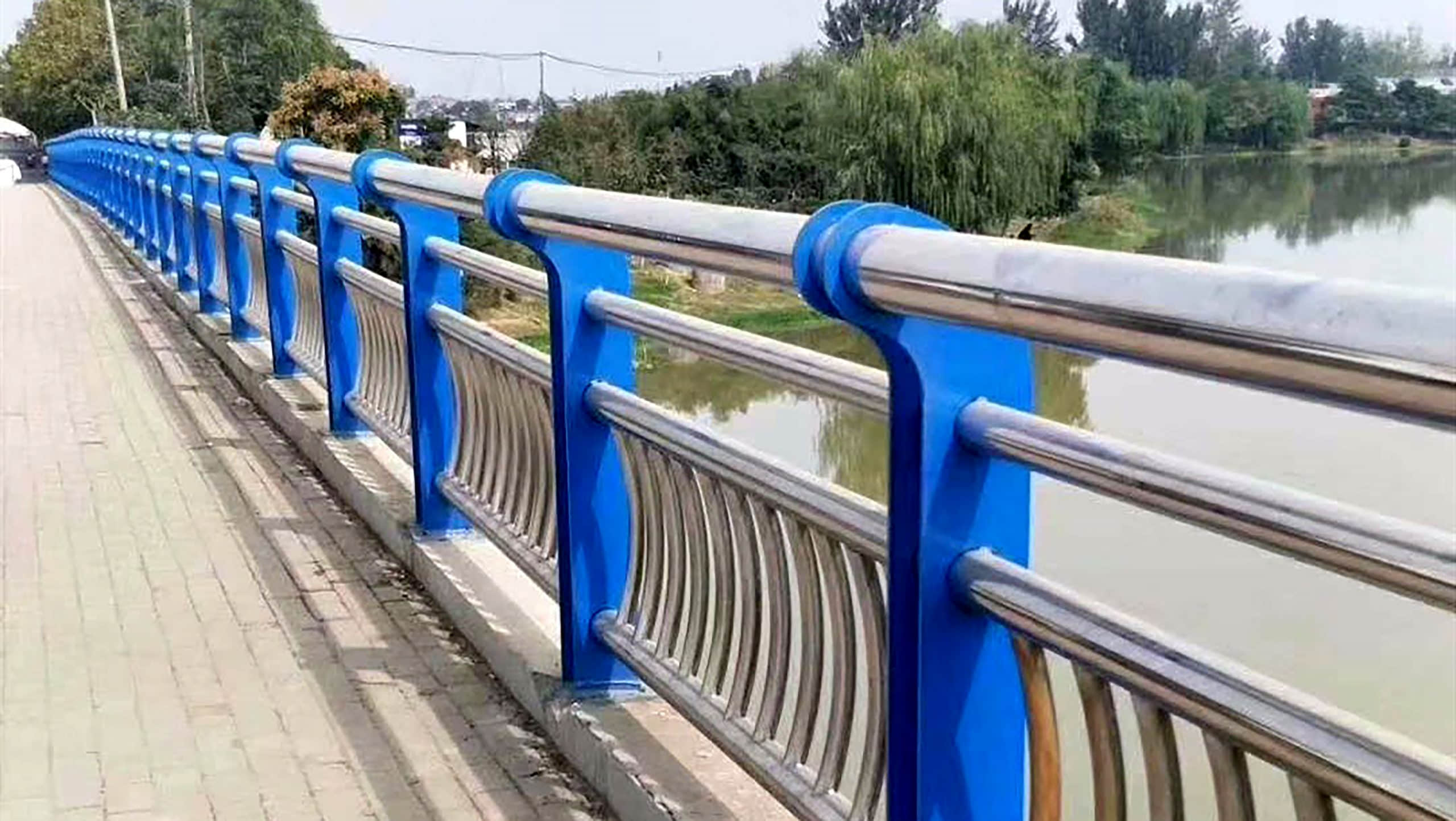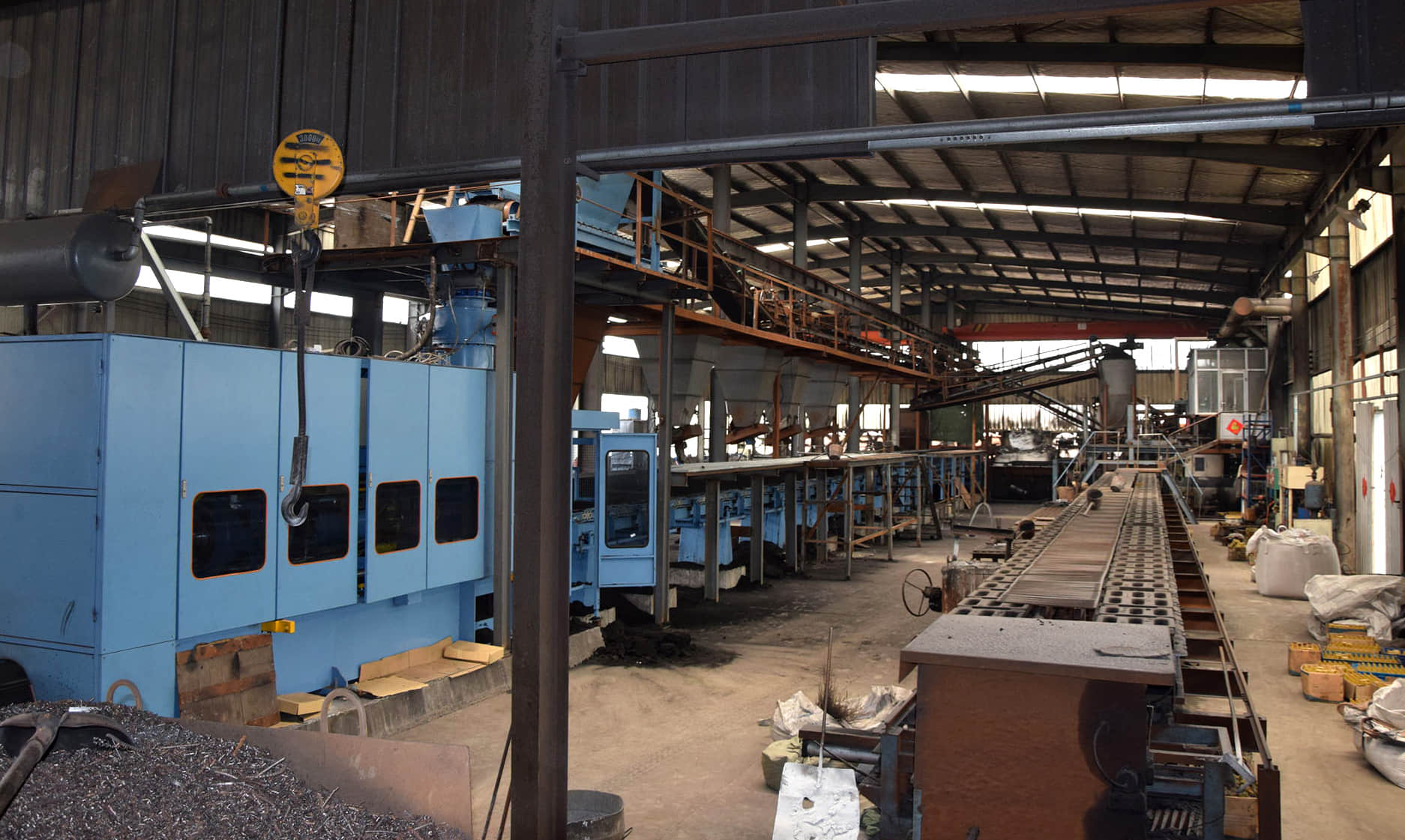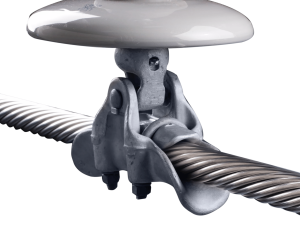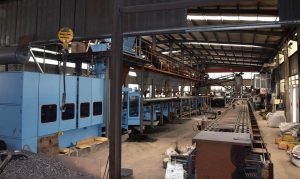Mooring Bollard: The Essential Equipment for Safe Docking
Mooring bollards are an essential piece of equipment for any vessel that needs to dock safely. These bollards are used to secure a vessel to the dock, preventing it from drifting away due to wind or current. They are typically made of steel or cast iron and are designed to withstand the forces exerted by a vessel. In this article, we will explore the different types of mooring bollards, their uses, and the factors to consider when choosing the right bollard for your vessel.
Types of Mooring Bollards
There are several types of mooring bollards available, each with its own unique features and benefits. The most common types of mooring bollards include:
1. Single Bollard: This is the most basic type of mooring bollard, consisting of a single post that is fixed to the dock. It is suitable for smaller vessels and is easy to install.
2. Double Bollard: This type of bollard consists of two posts that are fixed to the dock. It is suitable for larger vessels and provides better stability than a single bollard.
3. T-Head Bollard: This type of bollard is shaped like a T and is used for vessels that need to dock perpendicular to the dock. It provides better stability than a single bollard and is suitable for larger vessels.
4. Cleat Bollard: This type of bollard has a cleat attached to it, which is used to tie off the vessel’s lines. It is suitable for smaller vessels and is easy to use.
Uses of Mooring Bollards
Mooring bollards are used to secure a vessel to the dock, preventing it from drifting away due to wind or current. They are also used to control the movement of the vessel while it is docked. Mooring bollards are essential for safe docking and are used in a variety of industries, including:
1. Shipping: Mooring bollards are used to secure cargo ships to the dock while they are being loaded or unloaded.
2. Fishing: Mooring bollards are used to secure fishing boats to the dock while they are being loaded or unloaded.
3. Recreation: Mooring bollards are used to secure recreational boats to the dock while they are not in use.
Factors to Consider When Choosing a Mooring Bollard
When choosing a mooring bollard, there are several factors to consider, including:
1. Size: The size of the bollard should be appropriate for the size of the vessel. A larger vessel will require a larger bollard to provide adequate stability.
2. Material: The material of the bollard should be appropriate for the environment in which it will be used. Steel bollards are suitable for most environments, while cast iron bollards are more suitable for harsh environments.
3. Installation: The bollard should be easy to install and should be compatible with the dock’s design.
4. Load Capacity: The bollard should be able to withstand the forces exerted by the vessel. The load capacity of the bollard should be appropriate for the size and weight of the vessel.
5. Maintenance: The bollard should be easy to maintain and should be resistant to corrosion and wear.
Conclusion
Mooring bollards are an essential piece of equipment for any vessel that needs to dock safely. They are available in several types, each with its own unique features and benefits. When choosing a mooring bollard, it is important to consider factors such as size, material, installation, load capacity, and maintenance. By choosing the right mooring bollard, you can ensure the safety of your vessel while it is docked.
Now what we have done are according requested,like tensile 150tons or others.

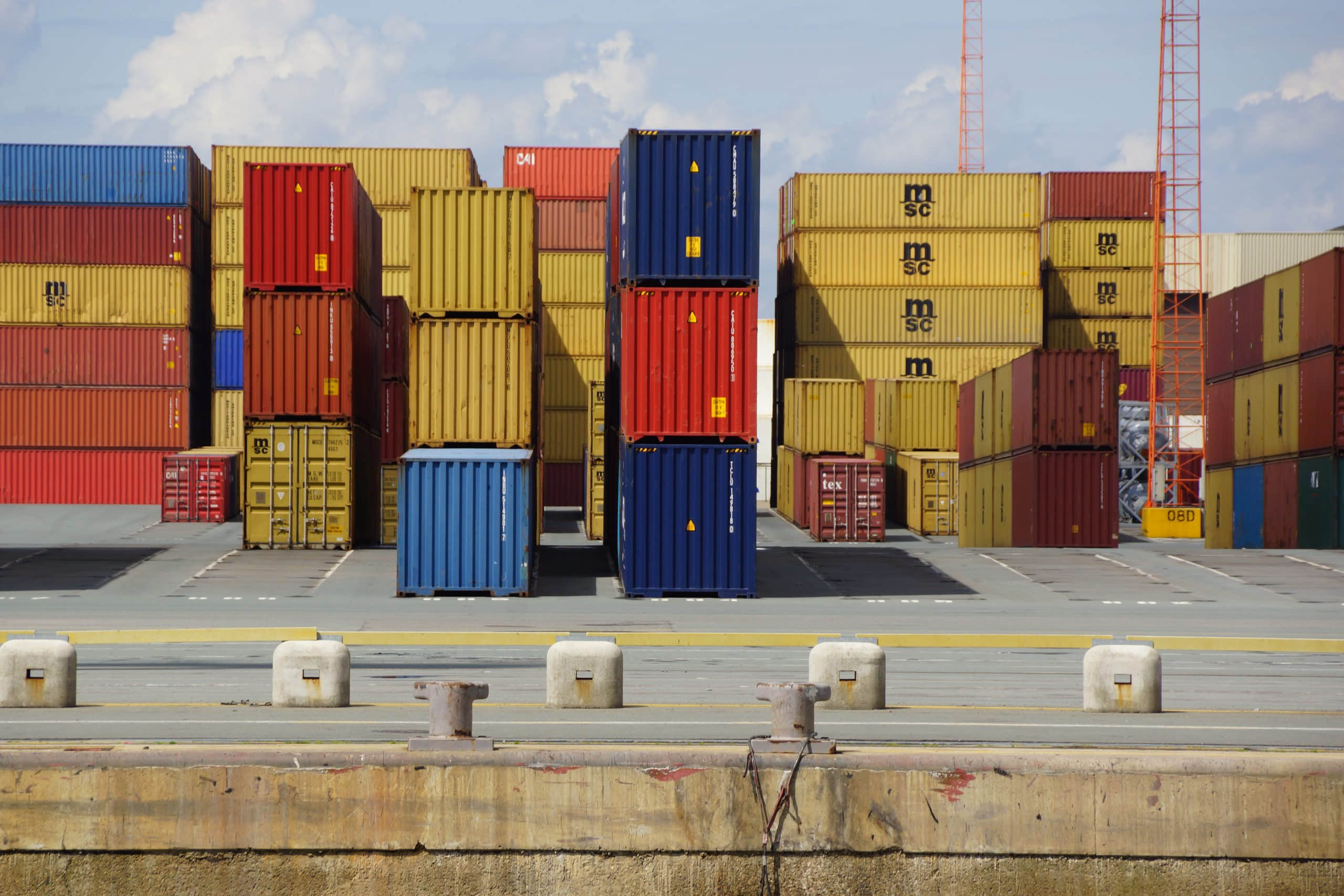
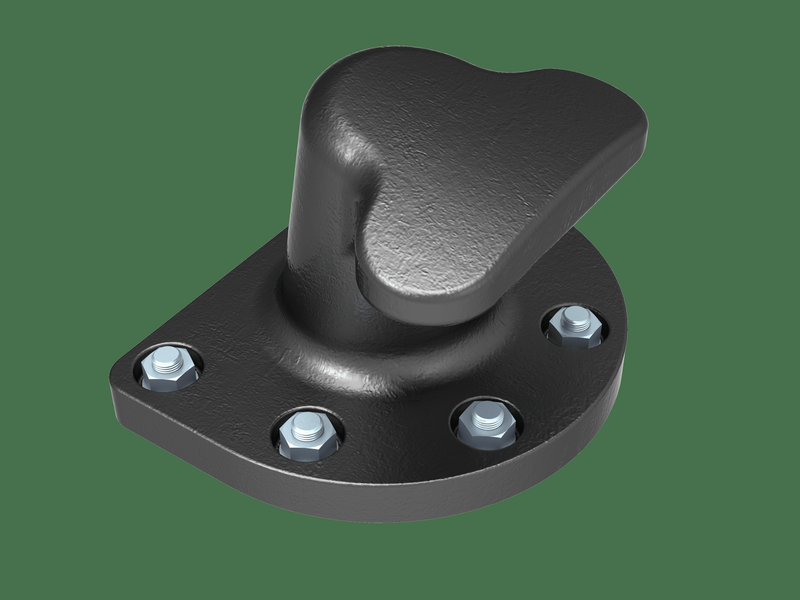
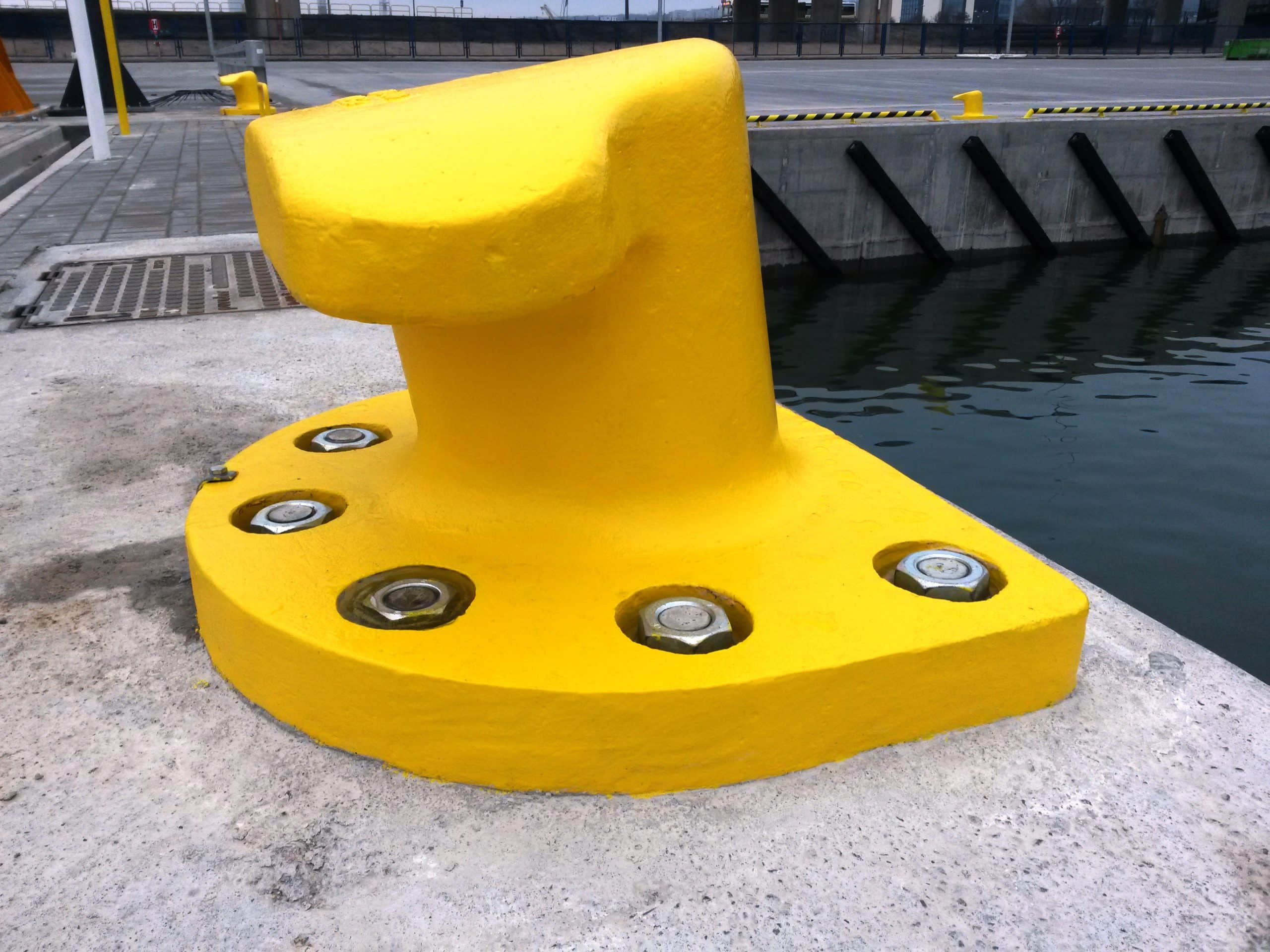

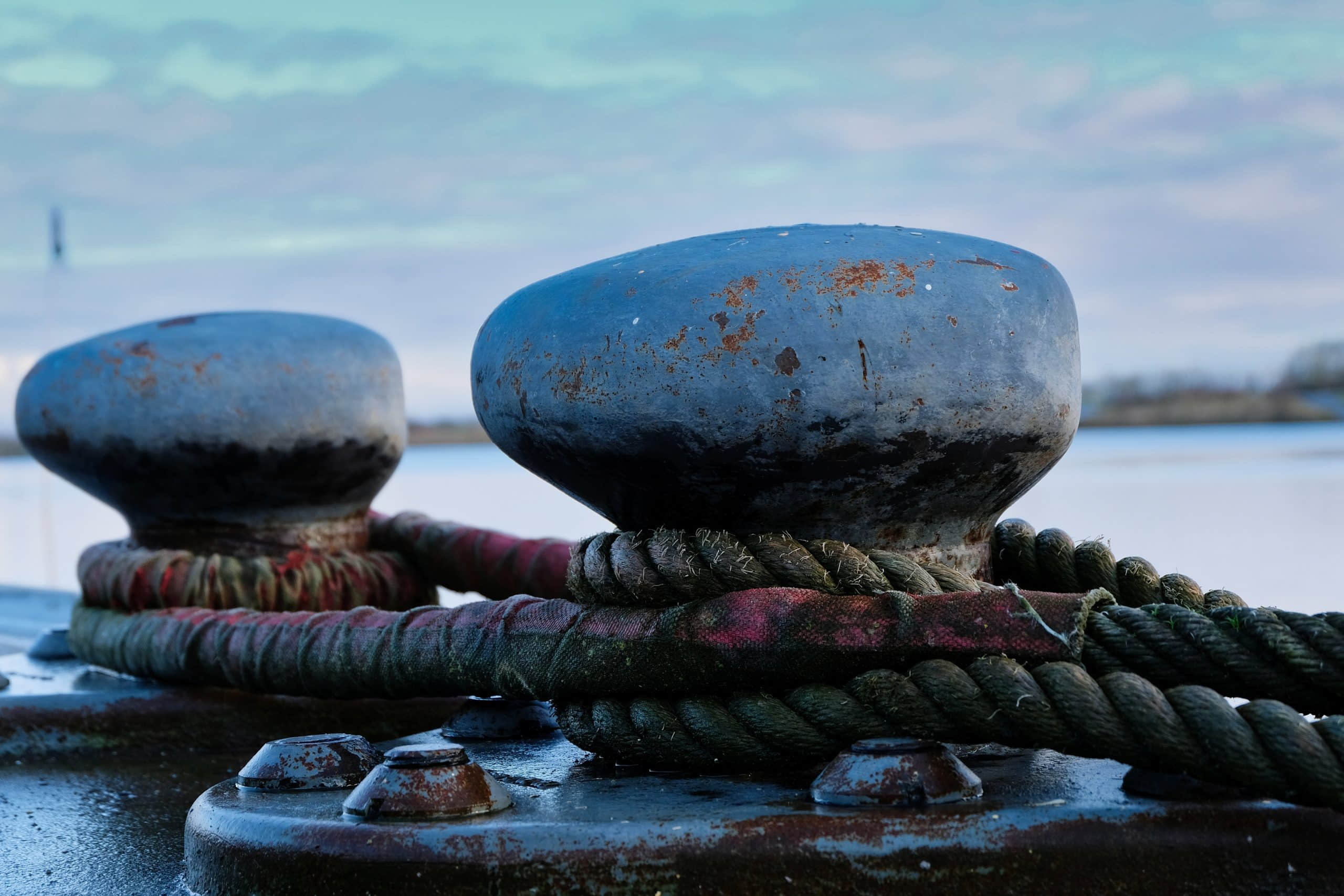
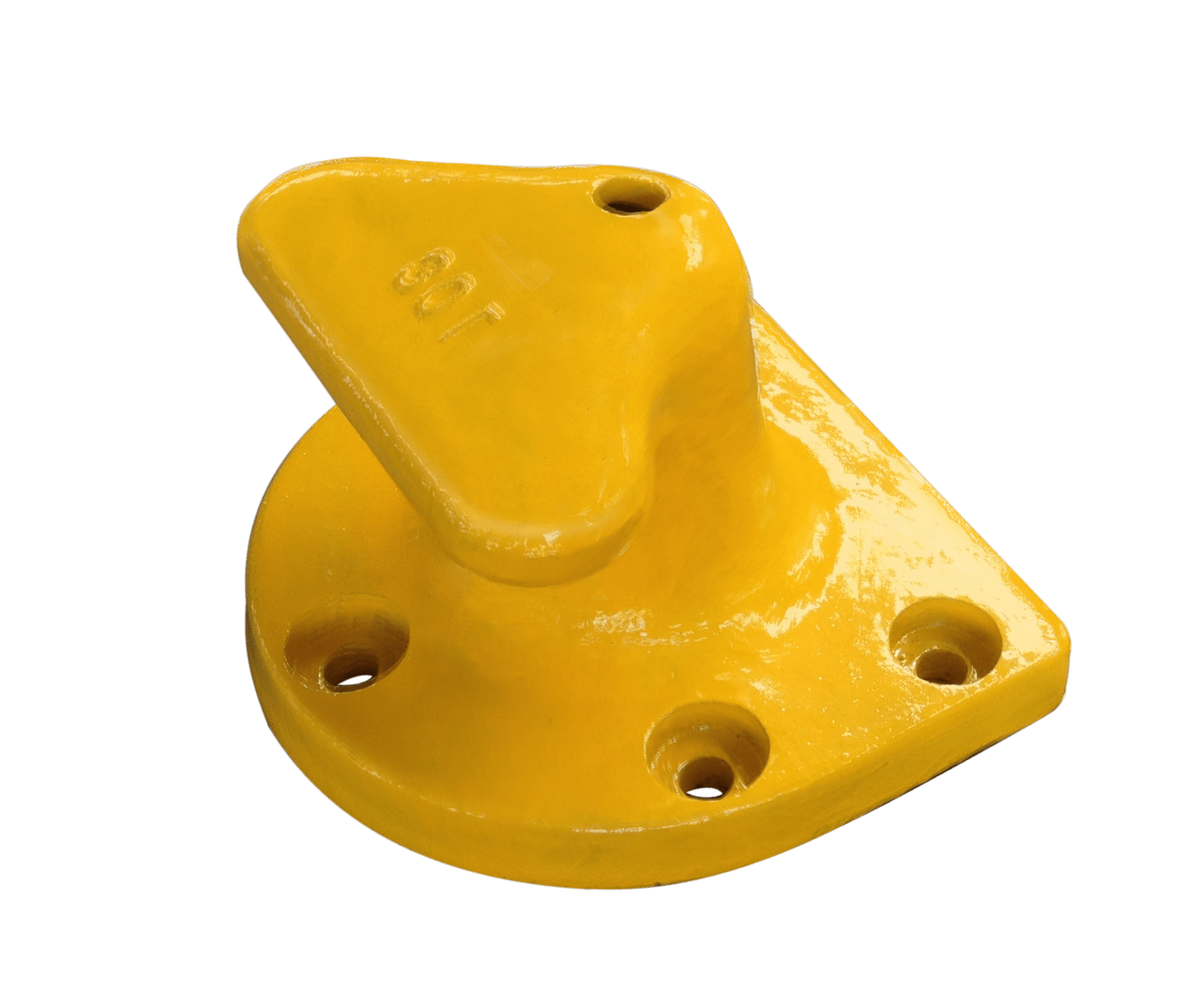
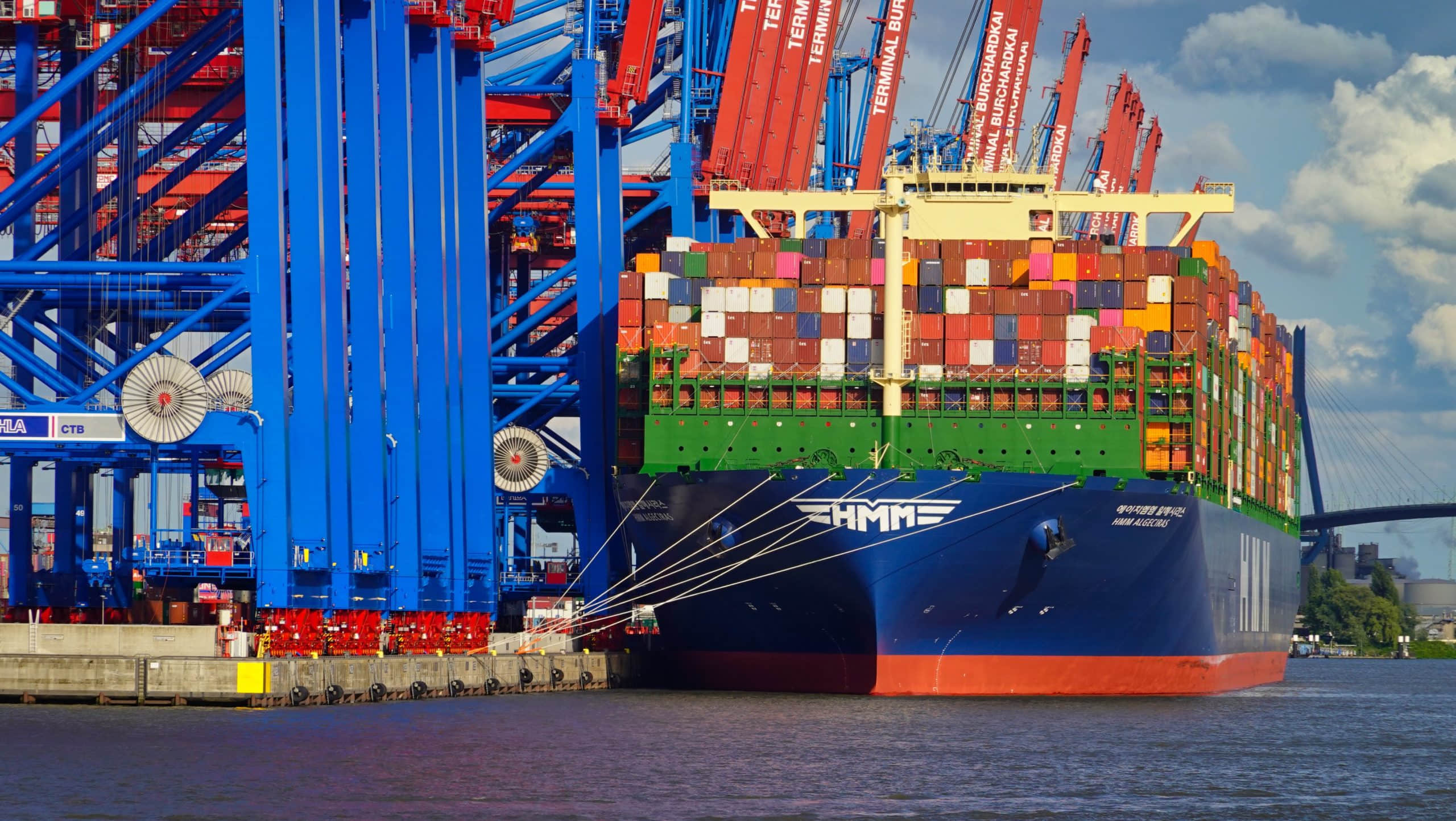
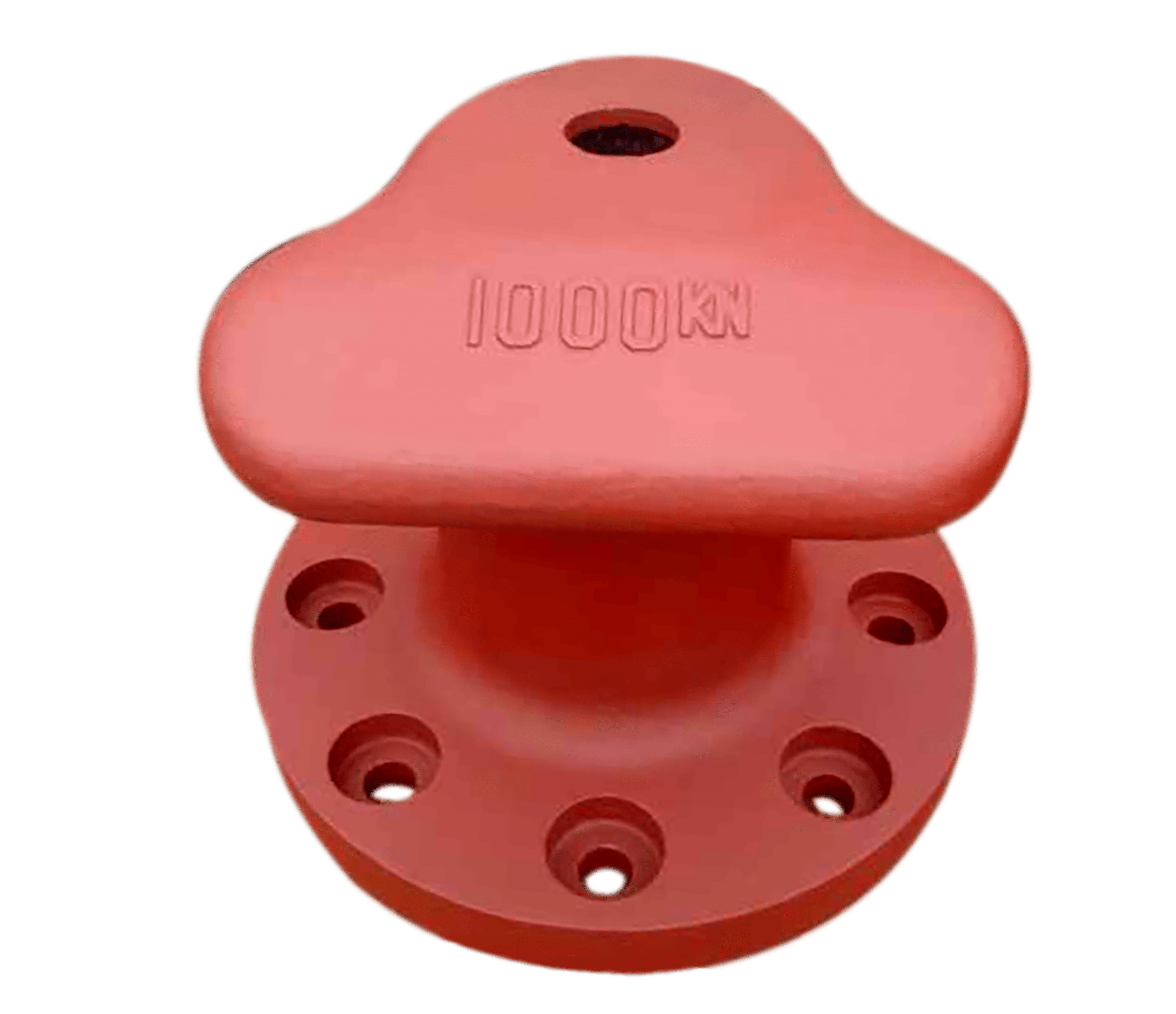
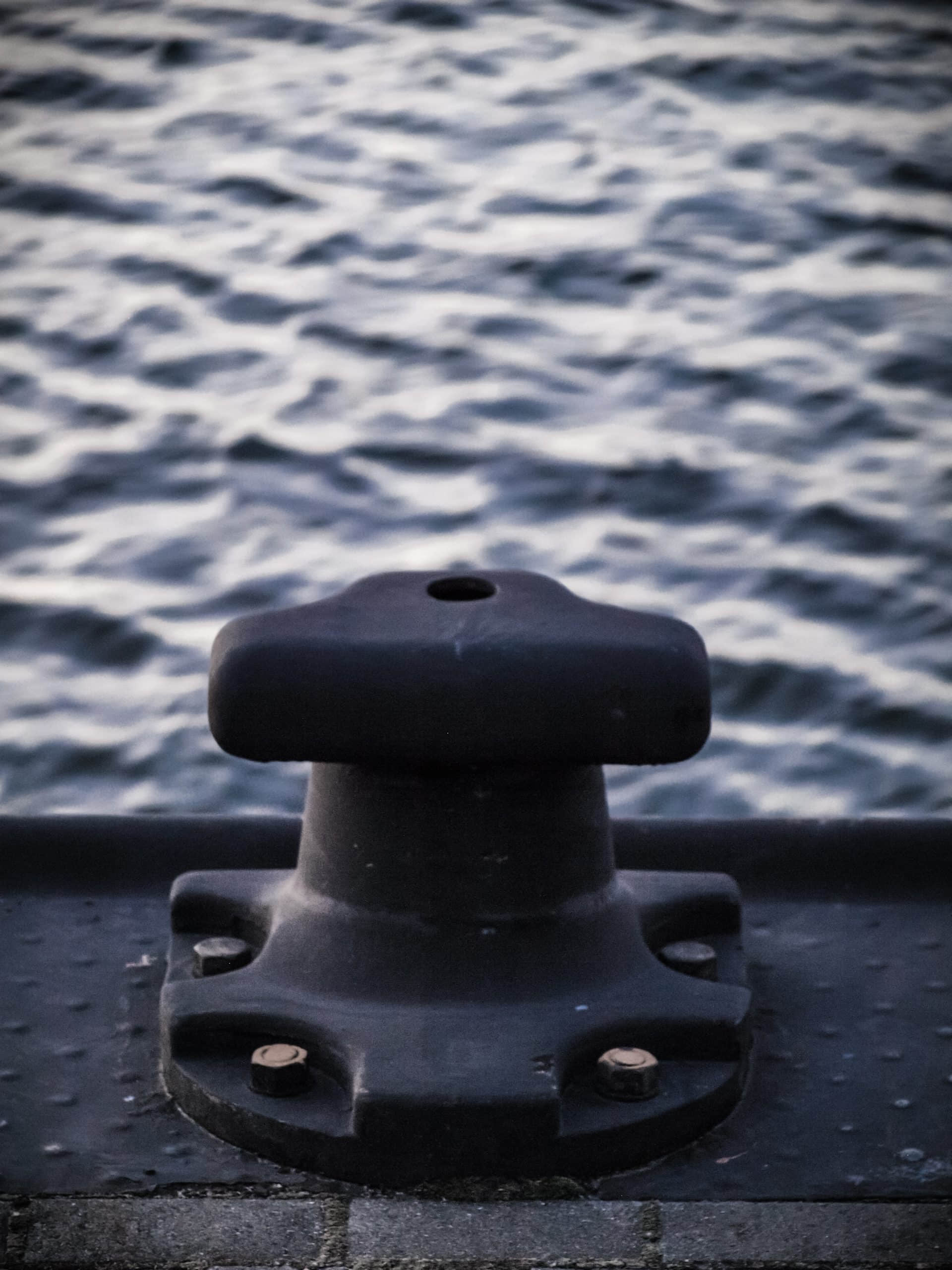

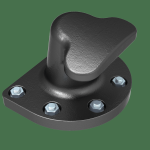
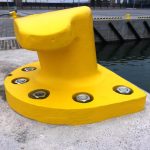


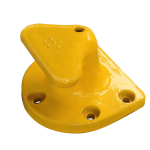
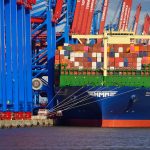
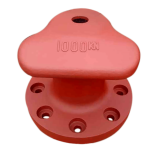
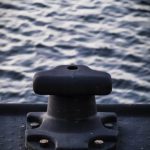

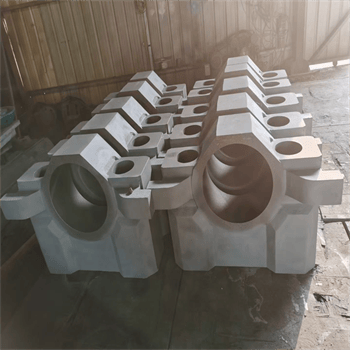
-1.png)
